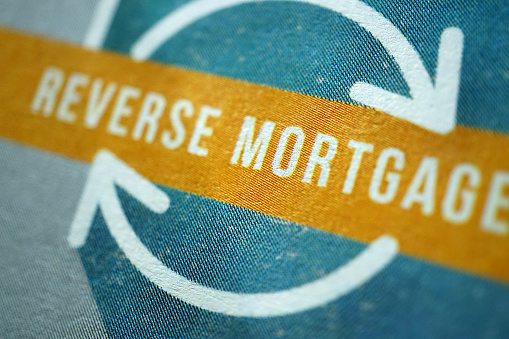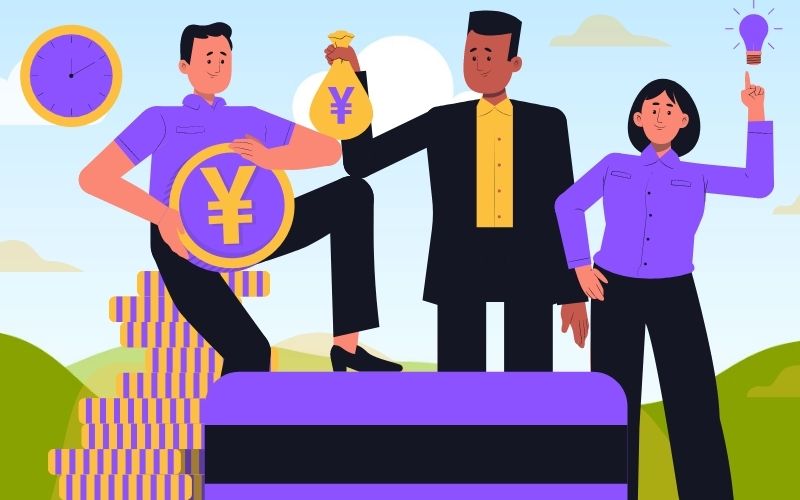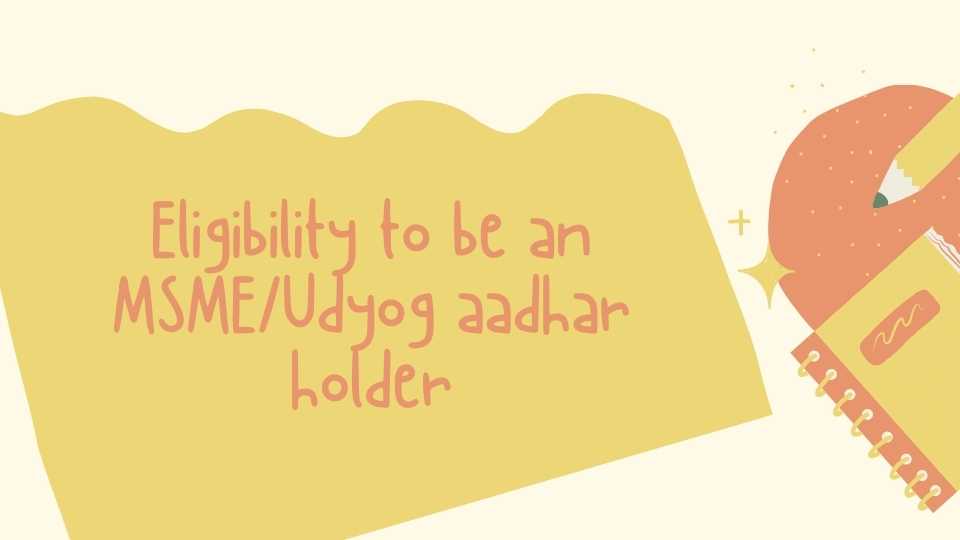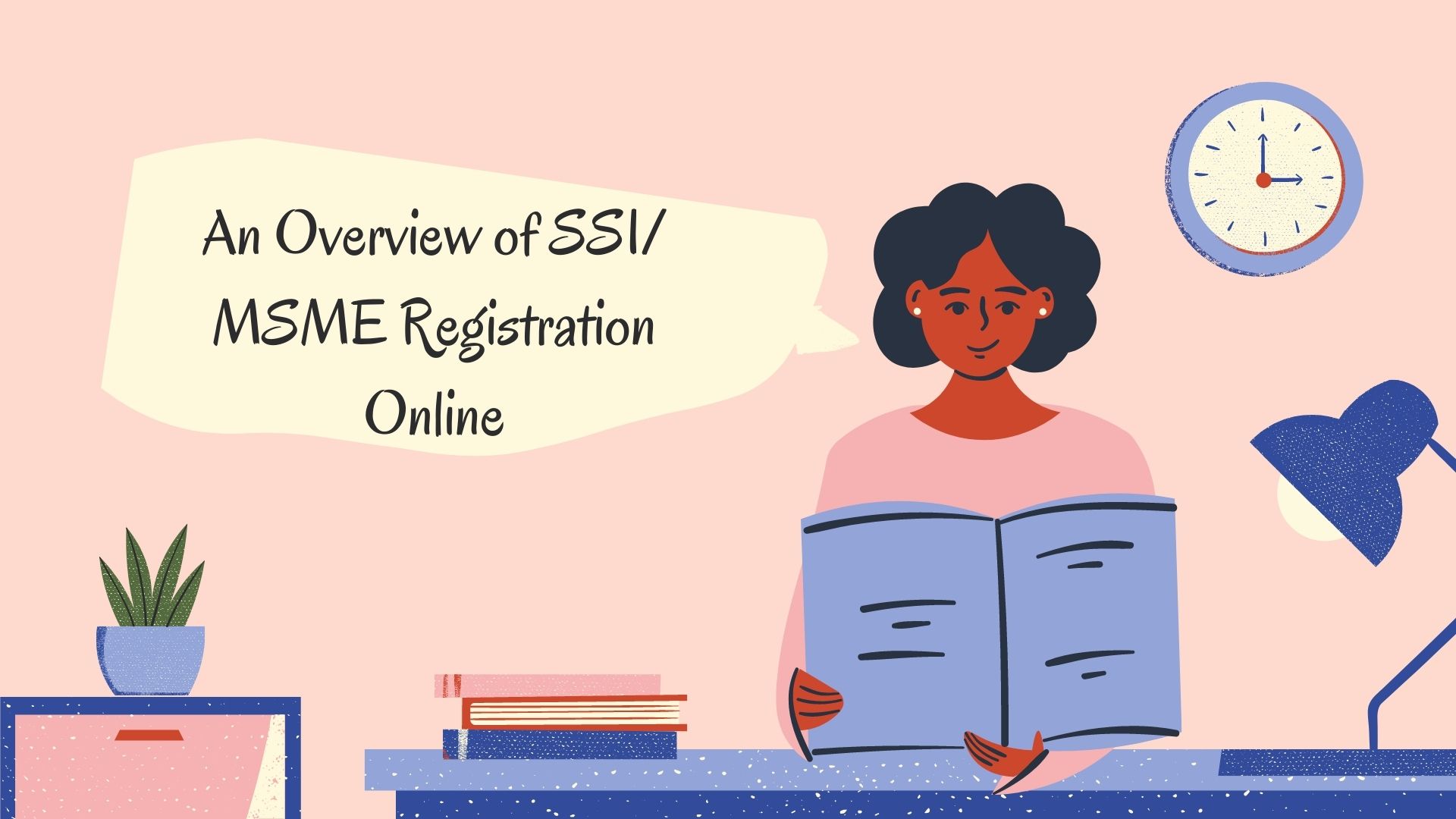Benefits and drawbacks of a reverse mortgage

To enjoy a happier retirement, it is important to have a plan to complement retirement. There are very few finalist savings for retirement. A large portion of family assets is focused on purchasing a home.
When retirement age comes, more than 9 out of 10 families will have a home that has been paid for, and even 4 of 10 will have multiple properties. The home becomes a tool to supplement your retirement income. It can be used with a variety of options, including the reverse mortgage. We will discuss the differences between a reverse mortgage and What Percentage Of Home Value Can You Get With A Reverse Mortgage.
What is a reverse loan?
As its name implies, the reverse mortgage is still a loan with a guarantee that is property, a mortgage guarantee. However, unlike normal mortgages, there are no payments if the collection is not paid. The difference between the two is that the amount of debt does not decrease in value but rather increases. The heirs of the property will decide whether to accept the debt and keep the property or not.
The basic requirement is that the person who contracts the reverse mortgage must be at least 65 years old. You can do it on your habitual residence, but also on any other property. You can also choose to receive capital at the signing, or as common and as they continue to be marketed in Spain the payment a life annuity.
What this mortgage can do?
These are its key advantages.
- Transform an in a liquid asset like home into recurring payments
- You can still live in your home until the end.
- The heirs are those who can assume that the debtor has abandoned the property by refusing to accept it.
The disadvantages of a reverse mortgage
Reverse mortgage transactions are often unviable because of the amount that must be collected. There is often a significant discrepancy in the property mortgaged and periodic rent received. Many times, this is small and insufficient.
There are two main reasons why this happens. The first reason is that the equivalent of the entire value of the home is not delivered. It is not normal for them to finance 100% of the home’s value. They usually grant only 80%. They grant you 70% or more.
The second is that insurance is usually added to most products to guarantee that the total home value is consumed. A life annuity guarantees that payments will be made once the rent is paid. This insurance is purchased as a single premium. The high cost of this insurance is added to the initial operation.
After discounting the insurance payment, and the percentage not delivered, most properties aren’t worth much. Only homes of a higher value are attractive.
What are you going to do?
Although there is limited supply now, this product will continue to grow over time. You will still have the main advantage of earning an income, without ever having to sell your house.
It is important to consider two points for the concession and optional recovery of the home by the heirs to be effective. Therefore, It is crucial to ensure that the income received is sufficient and to thoroughly analyze the costs, including insurance.
This is important to convert these charges into permanent ones. However, it is essential to establish their cost and the date at which the rent from the property is due. The insurance premiums will be higher if the first one expires sooner than the second. You must balance the terms and periodic charges. The heirs and beneficiaries of the mortgaged person must know about the existence of this product. There is no obligation to avoid future conflicts.





